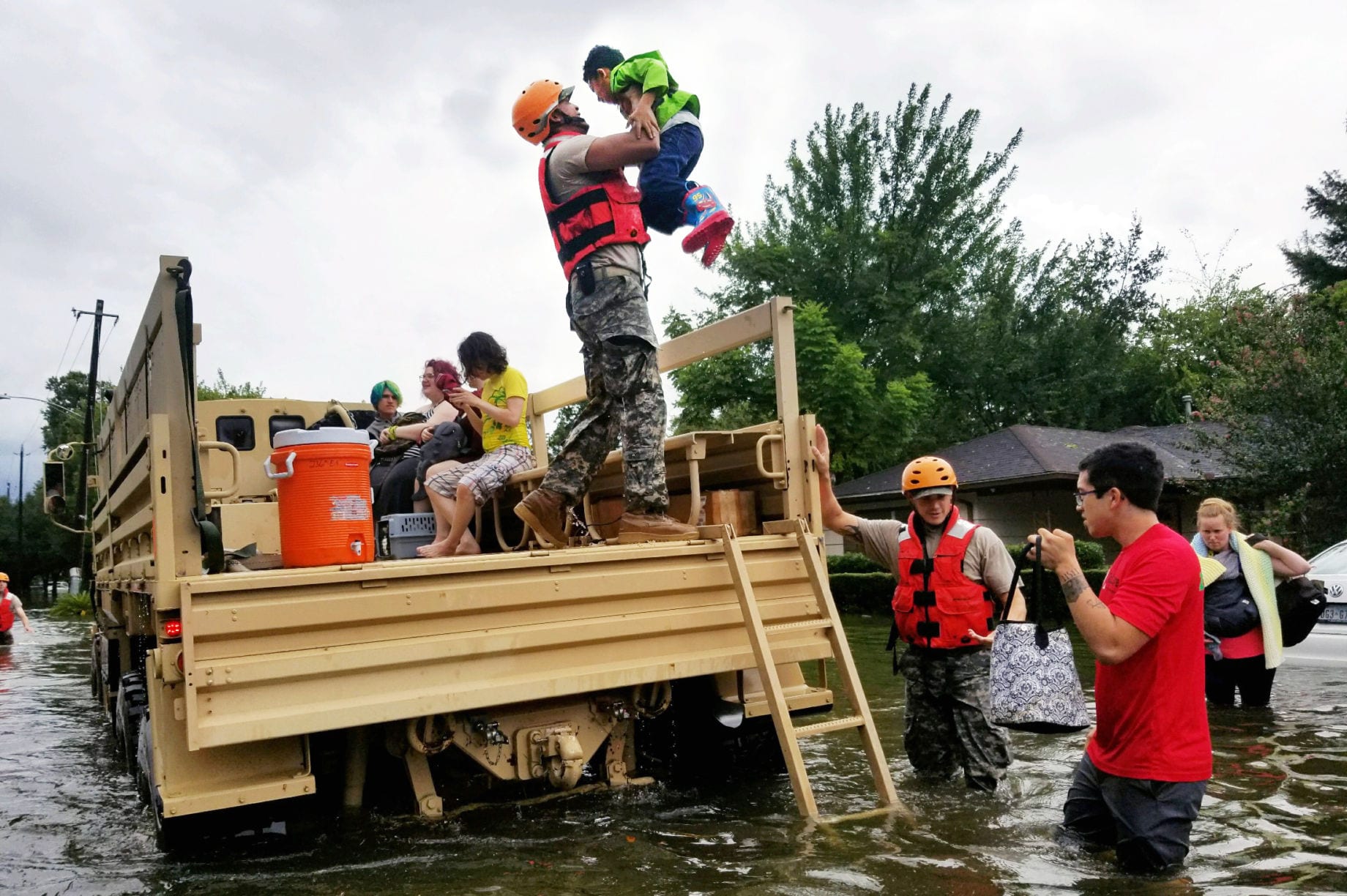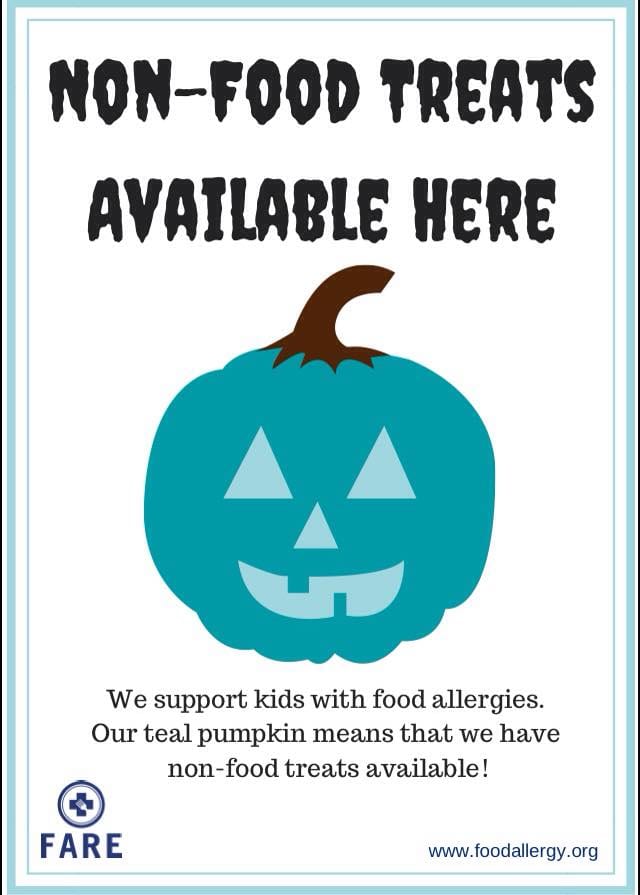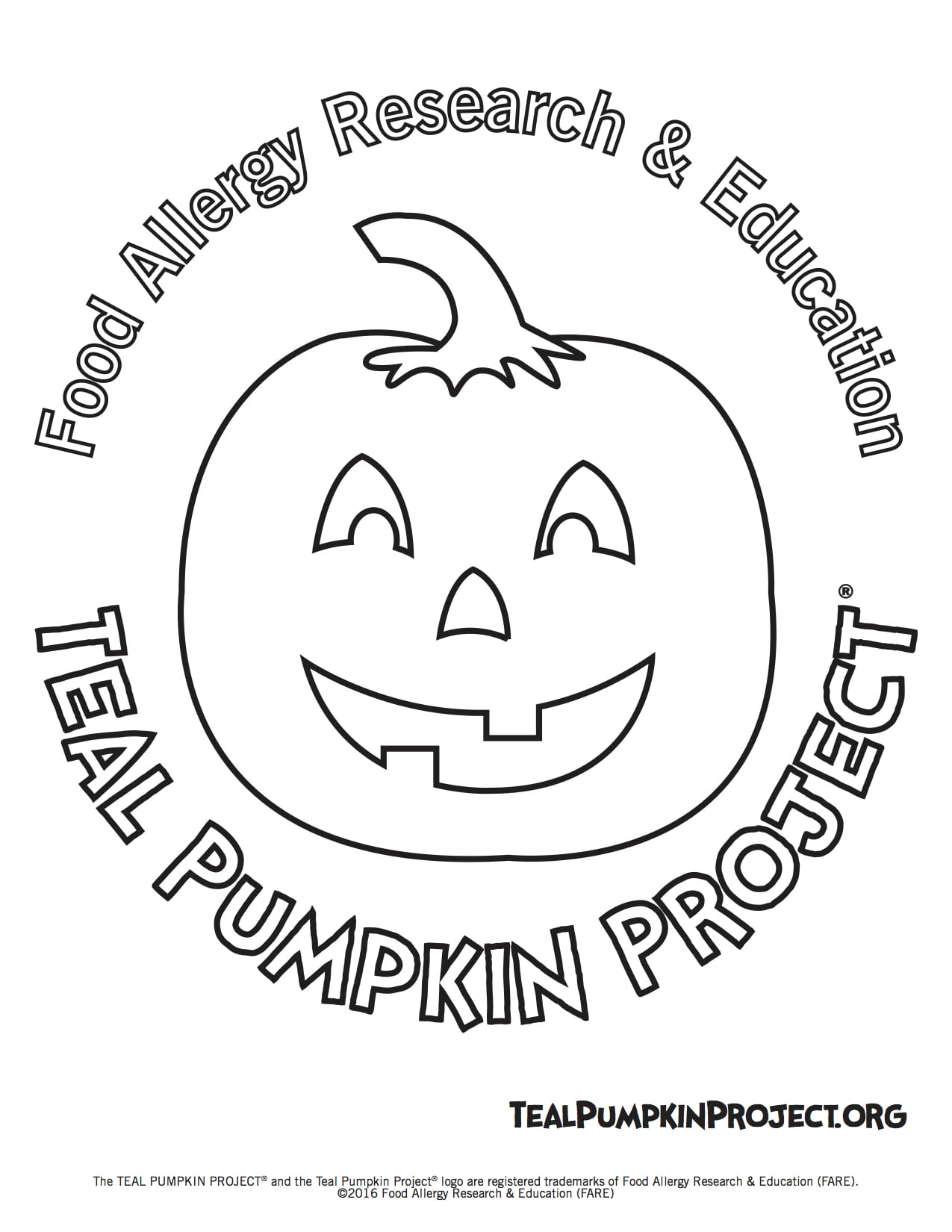
It’s been a devastating month, to say the least. Millions of Americans and friends in neighboring countries have been impacted by horrific natural disasters. People have lost their homes, all of their belongings, and many have lost their lives. They are in urgent need of food, water, shelter, medical supplies, and other necessities.
If everyone donates a little, it can help a lot. The following organizations are collecting donations from generous people who want to help those in need.
Stephen Siller Tunnel to Towers Foundation – This local nonprofit organization is collecting monetary donations for those affected by recent hurricanes. The organization was started in honor of Firefighter Stephen Siller who lost his life on 9/11 and serves to help others in his memory.
FDNY – The Fire Dept. is collecting the following supplies for hurricane victims in Puerto Rico at 18 different locations around NYC: baby food, diapers, batteries, first aid supplies, and feminine hygiene products. Staten Island dropoff locations are:
· Engine 153/ Ladder 77: 74 Broad Street, Staten Island, NY 10304 (Stapleton)
· Engine 157/ Ladder 80: 1573 Castleton Avenue, Staten Island, NY 10302 (Port Richmond)
· Ladder 79: 1189 Castleton Avenue, Staten Island, NY 10310 (Port Richmond)
Where to Turn – This local nonprofit organization has coordinated a toy drive for children devasted by Hurricane Harvey. Their website is currently under construction but you can check their Facebook page for updates on collection dates and locations.
Catholic Charities – The Archdiocese of New York is collecting monetary donations for those affected by the earthquake in Mexico and Hurricane Maria victims in Puerto Rico.
Tzu Chi USA – This charity comes with high praise from local families affected by Hurricane Sandy, who say they received cash cards to help in their time of need from the organization easily and without question. They’re currently on-site in areas affected by Hurricane Harvey, where they are distributing their cash cards to the families impacted.
Salvation Army – The Salvation Army is collecting monetary donations to aid in long-term recovery for hurricane and earthquake relief.
UNICEF Mexico – This organization serves to help children in need, and is currently working to support children affected by the earthquake in Mexico as well as Hurricane Irma. You can visit the website for details on their efforts and ways to donate (note: when prompted, allow your browser to translate the page from Spanish to English).
Humane Society International – People aren’t the only ones displaced after natural disasters. You can donate to the Humane Society to provide relief to animals in areas affected by the earthquake in Mexico as well as hurricanes Irma and Maria.
Americares – For every $10 you donate, Americares will provide $200 in aid for victims of Hurricanes Harvey, Irma, and Maria to provide emergency medicine and supplies to those in need.
GlobalGiving – This charity crowdfunding site has raised over $650,000 for victims of the earthquake in Mexico and over $3 million for Harvey victims thus far. You can donate here for earthquake relief and here for Hurricane Harvey relief.
ConPRmetidos – This Puerto Rican based organization directly supports the victims of Hurricanes Maria and Irma in Puerto Rico to provide relief and aid to the communities affected.
Bood donations – This tool allows you to easily locate and schedule appointments for local blood drives and blood centers, where your blood may be given to victims of natural disasters.
Be sure to visit CharityNavigator.org to learn more information (and perhaps determine the credibility) of any charity you are considering donating to. You can also make donations to hurricane victims at their website.
If you know of any other local charities organizing collections or donations for those impacted by recent natural disasters, please email jcintron@siparent-com.go-vip.net and we will add it to our list.
Photo credit: GlobalGiving




















